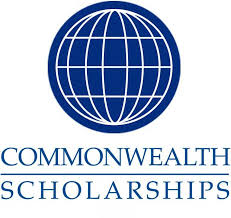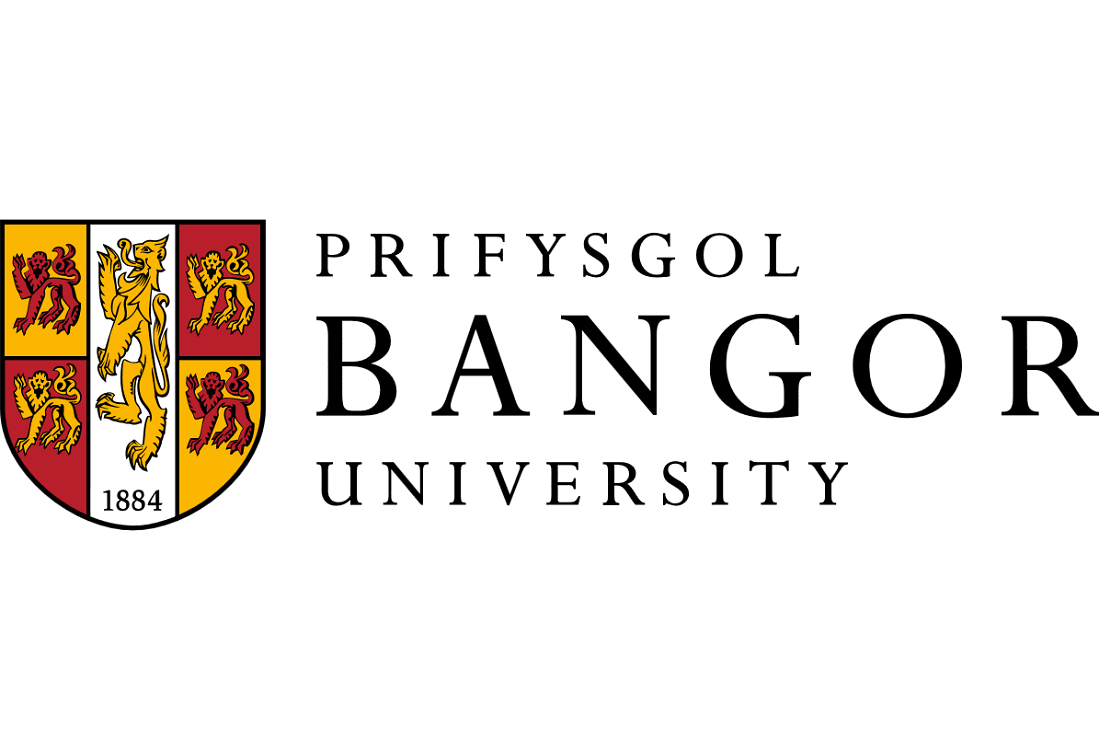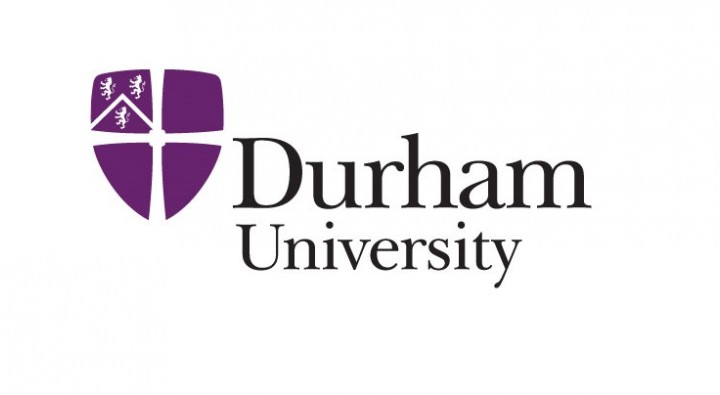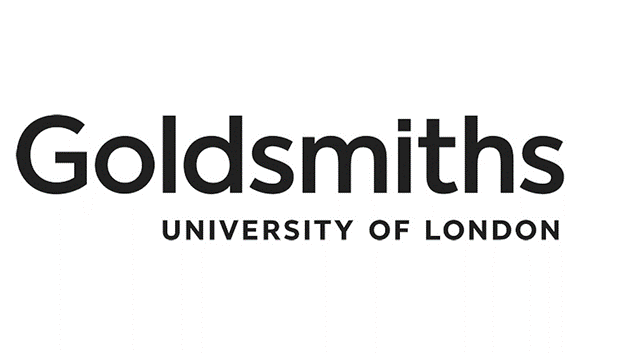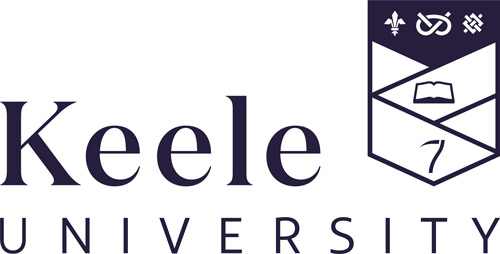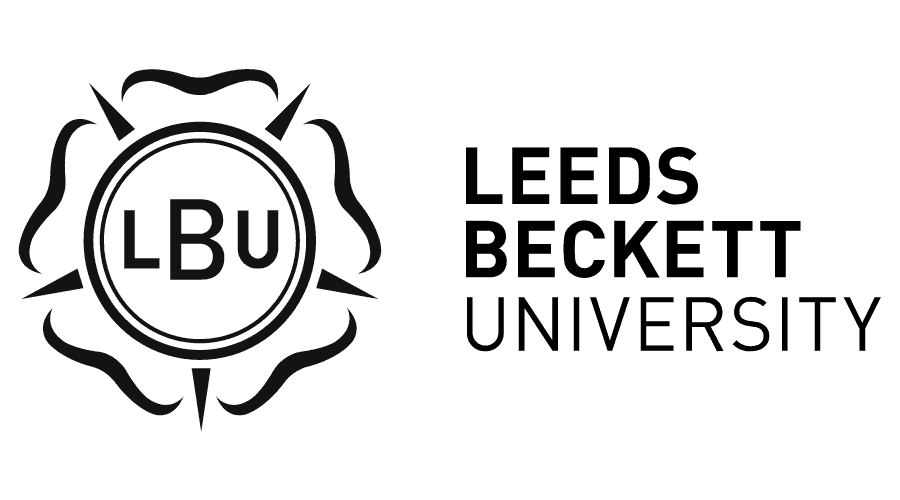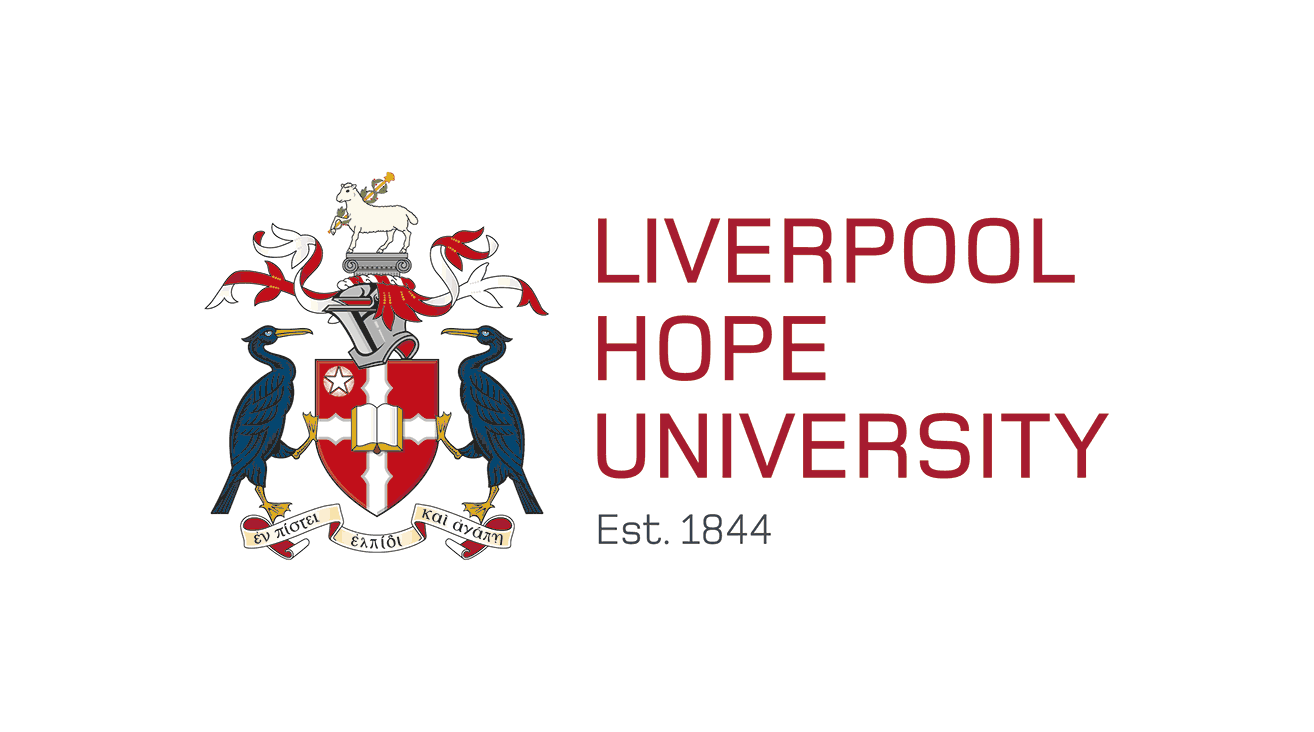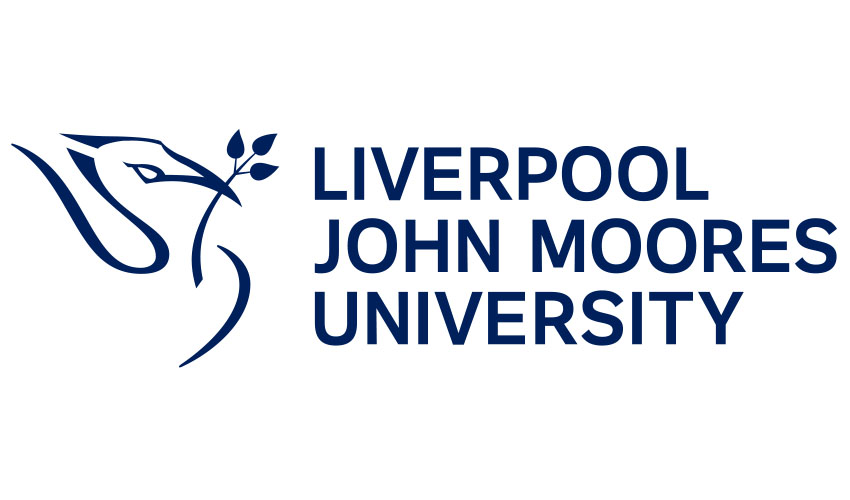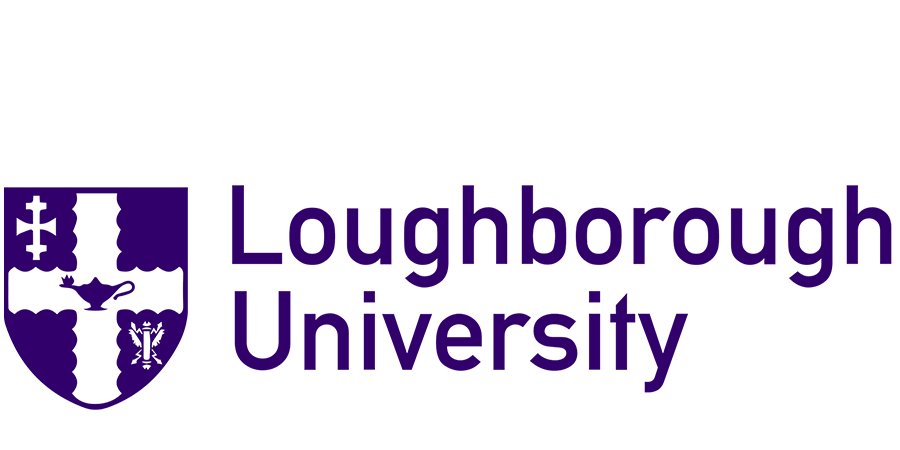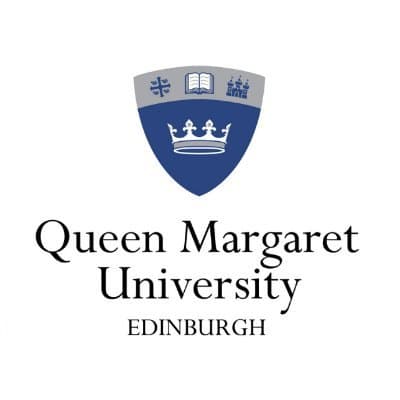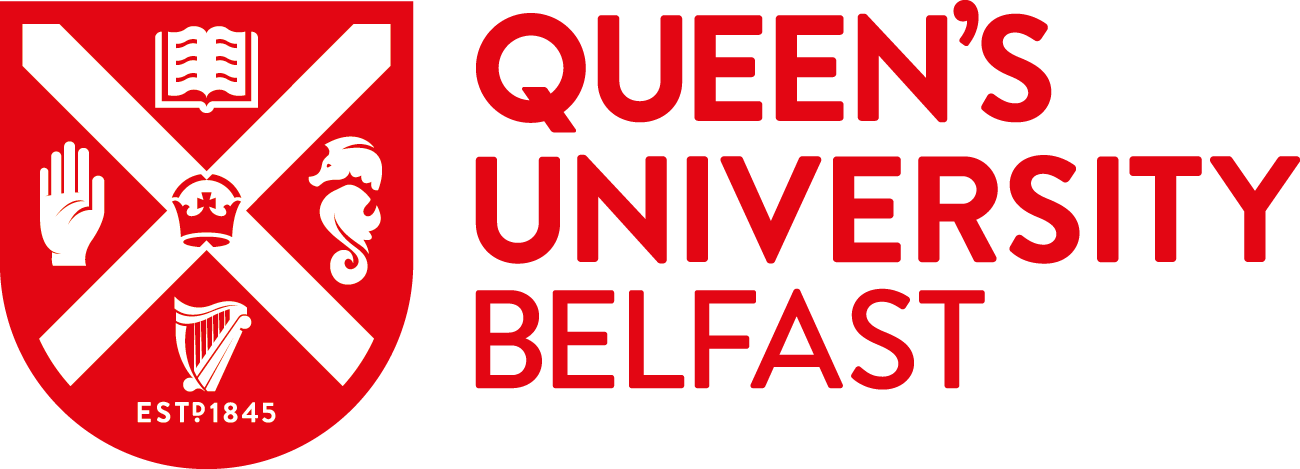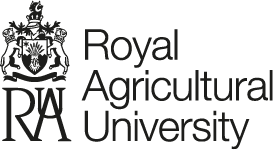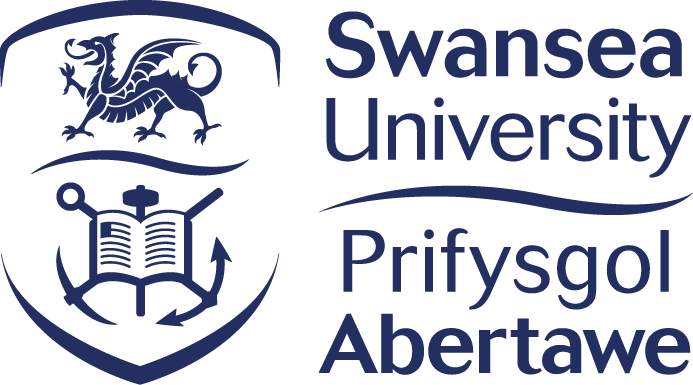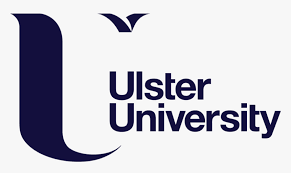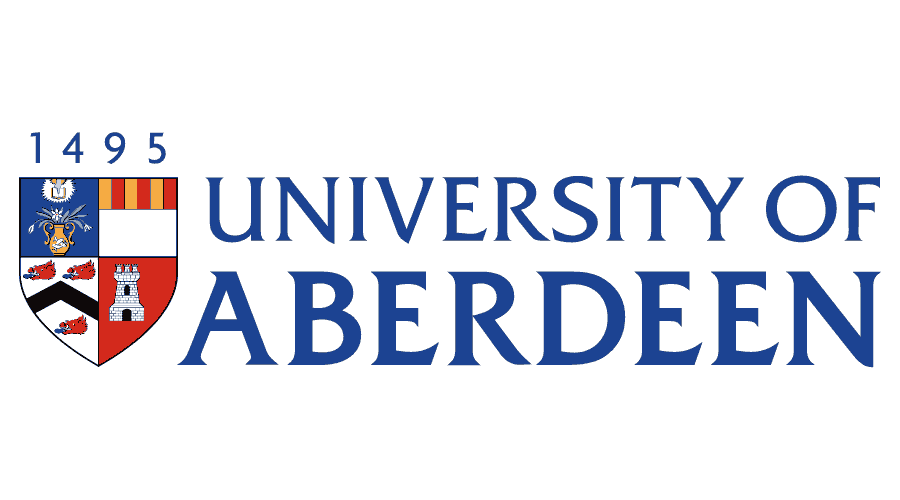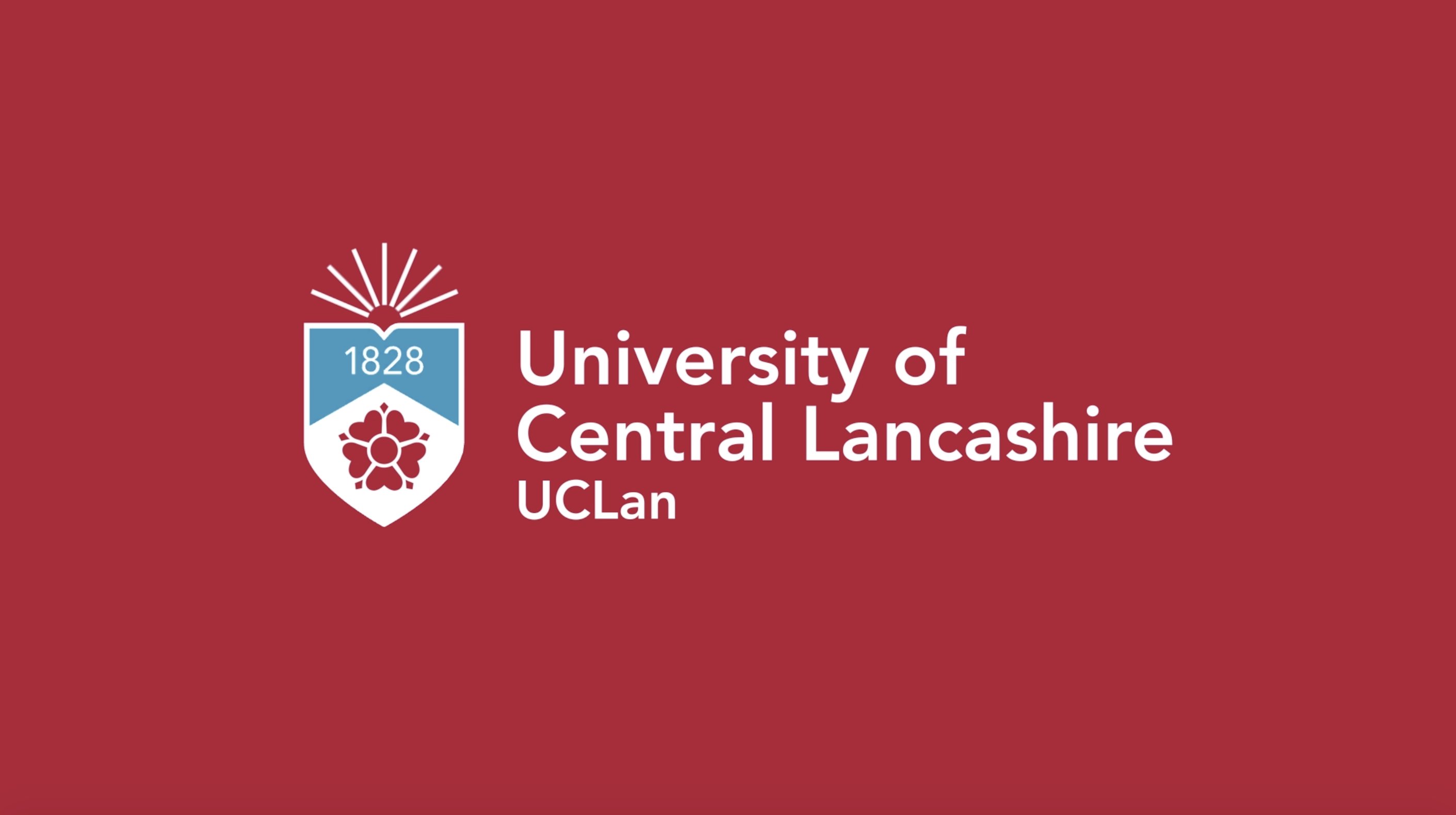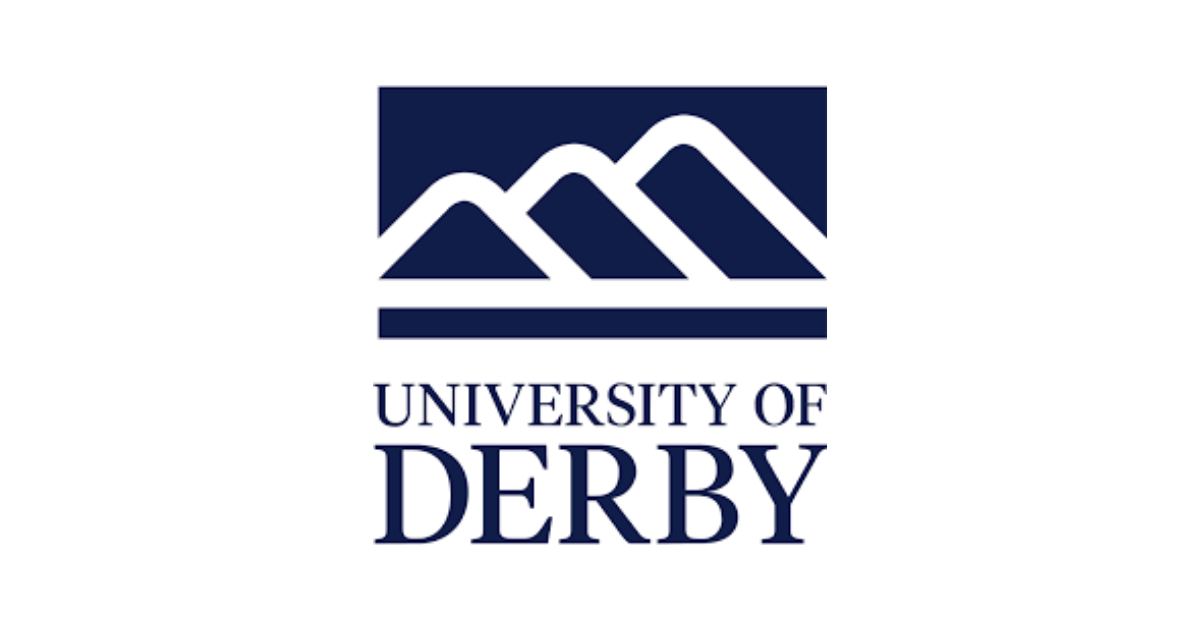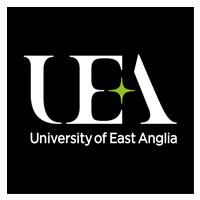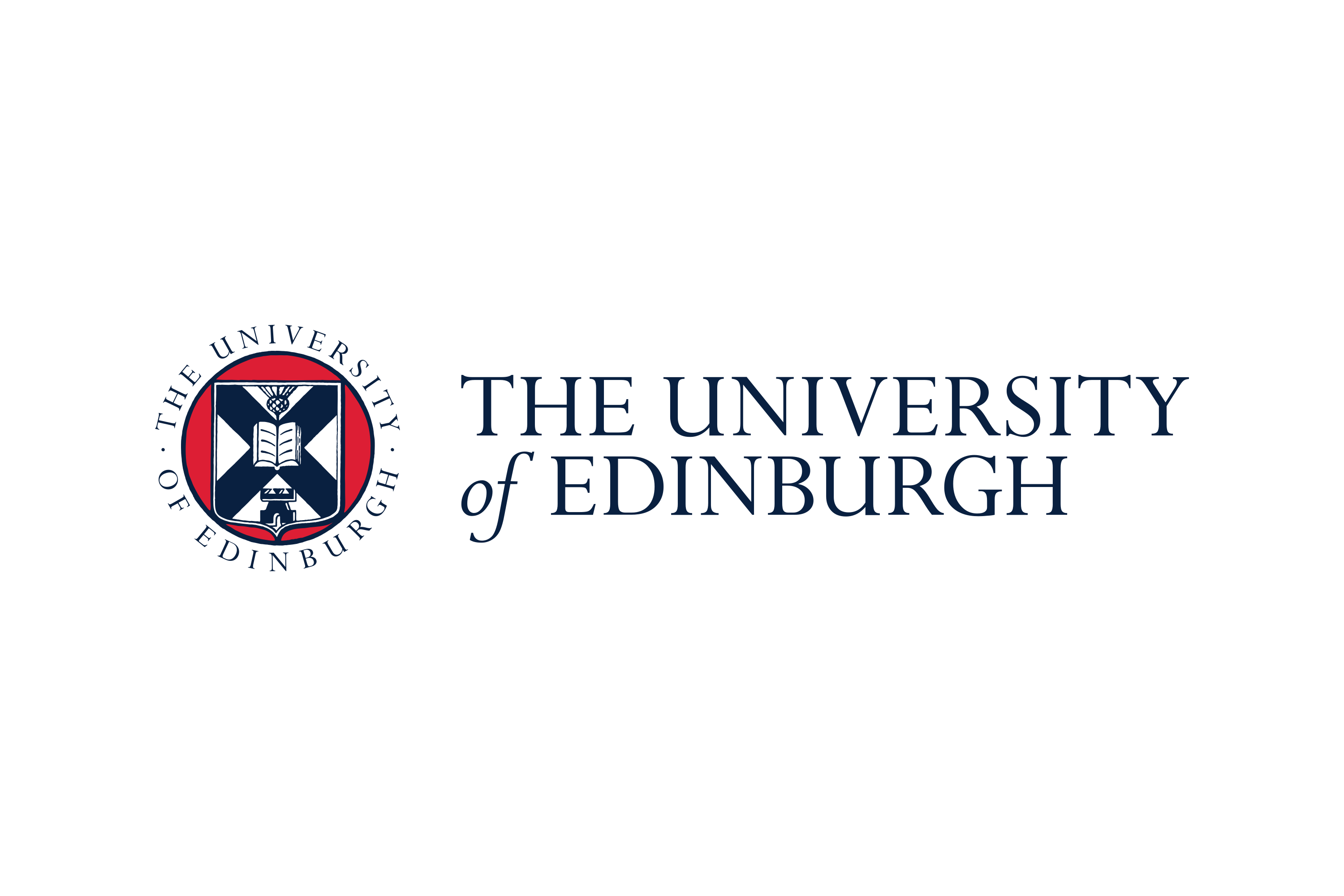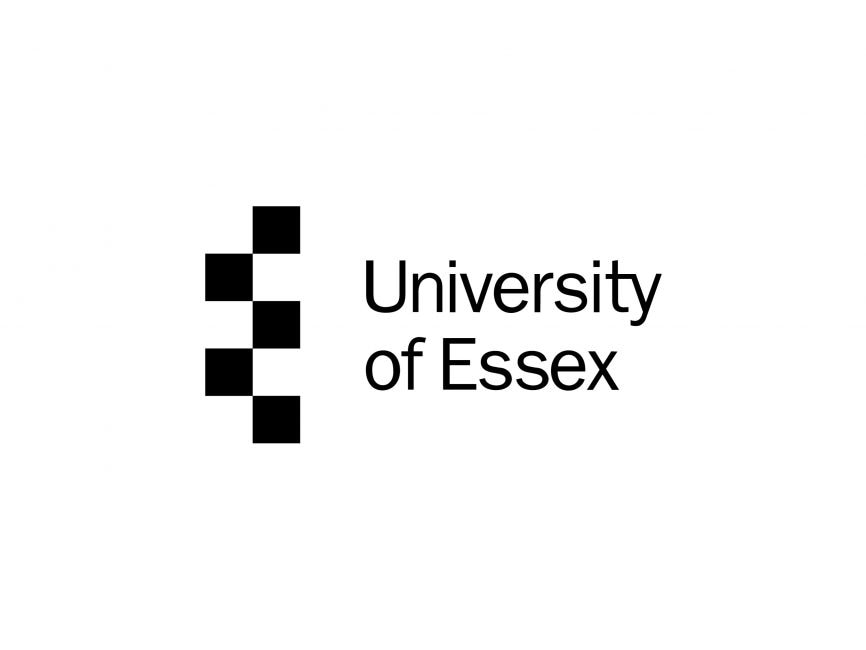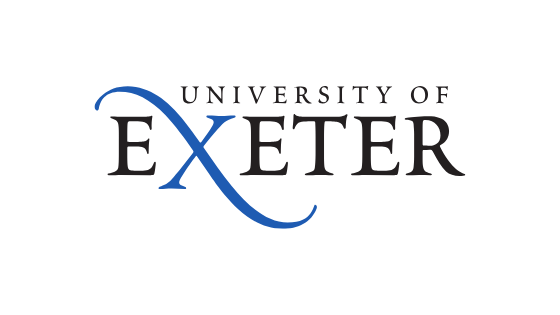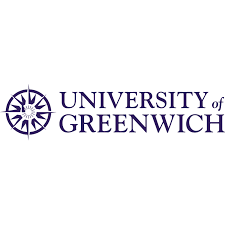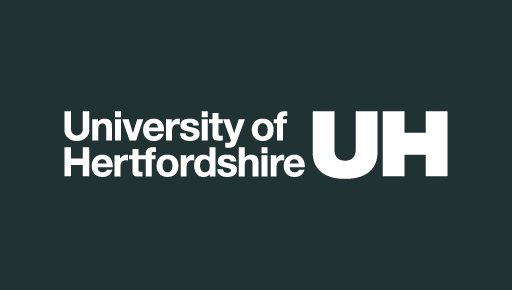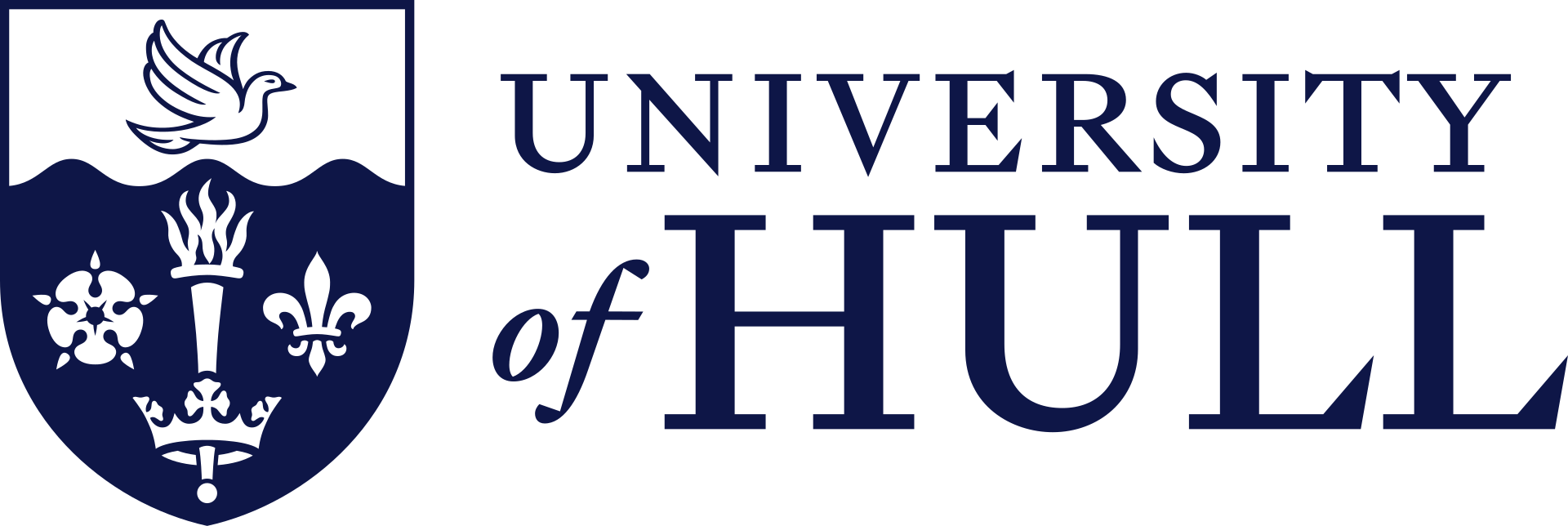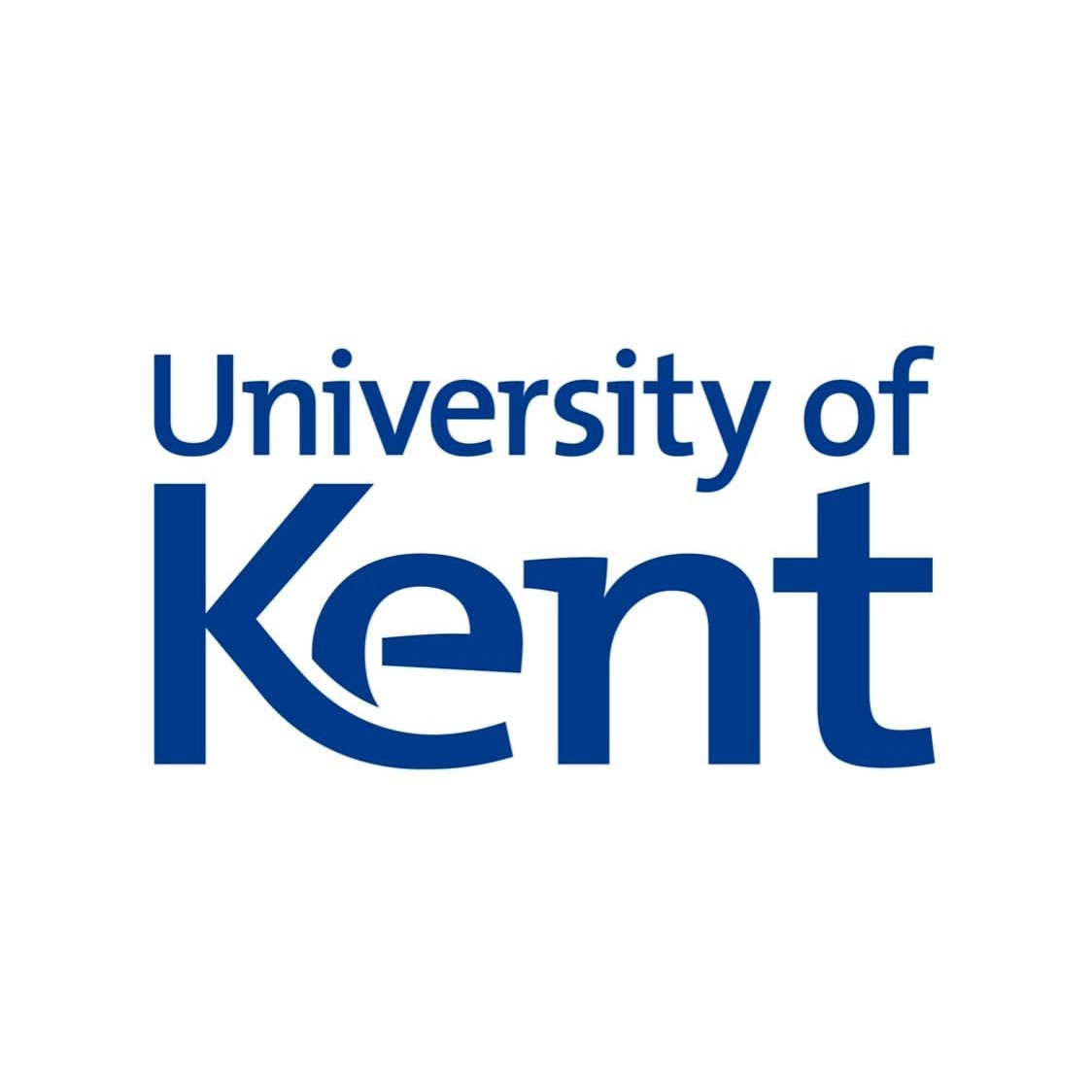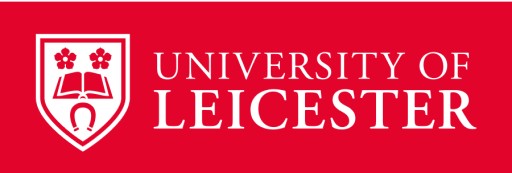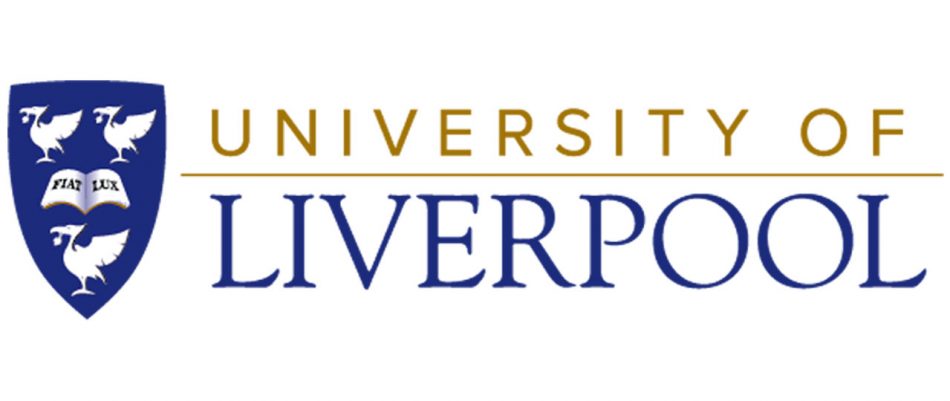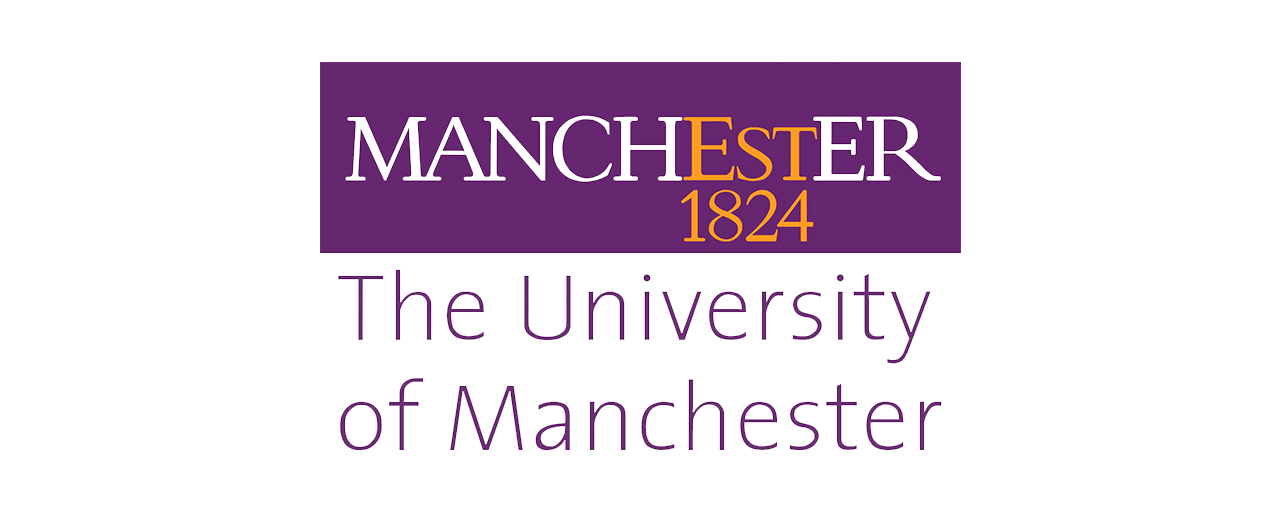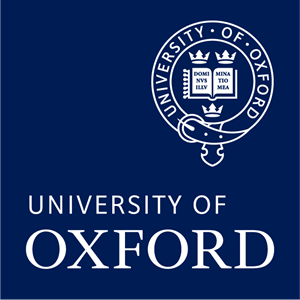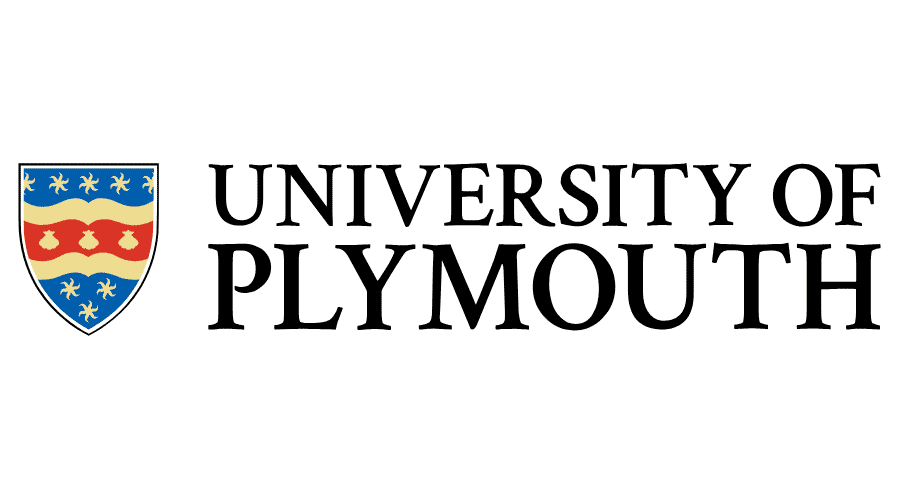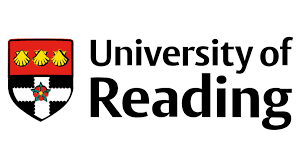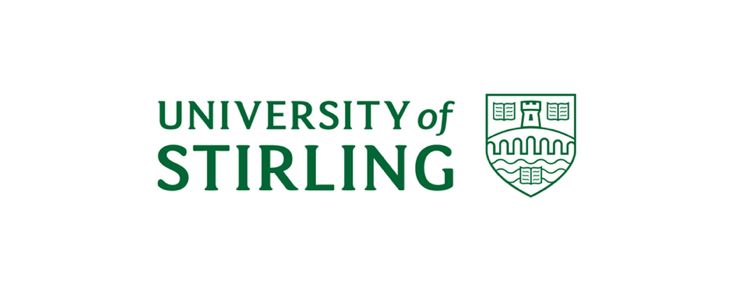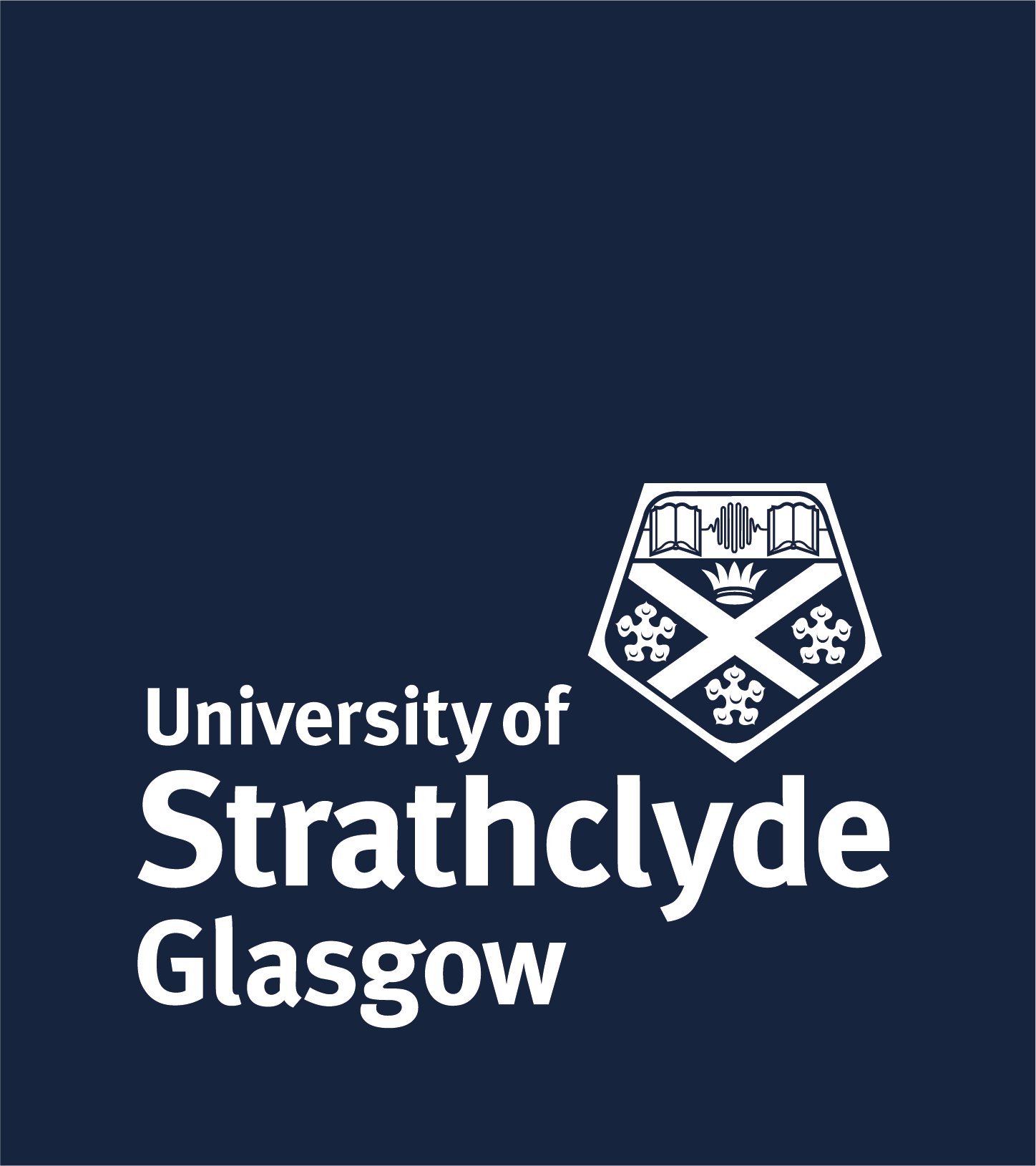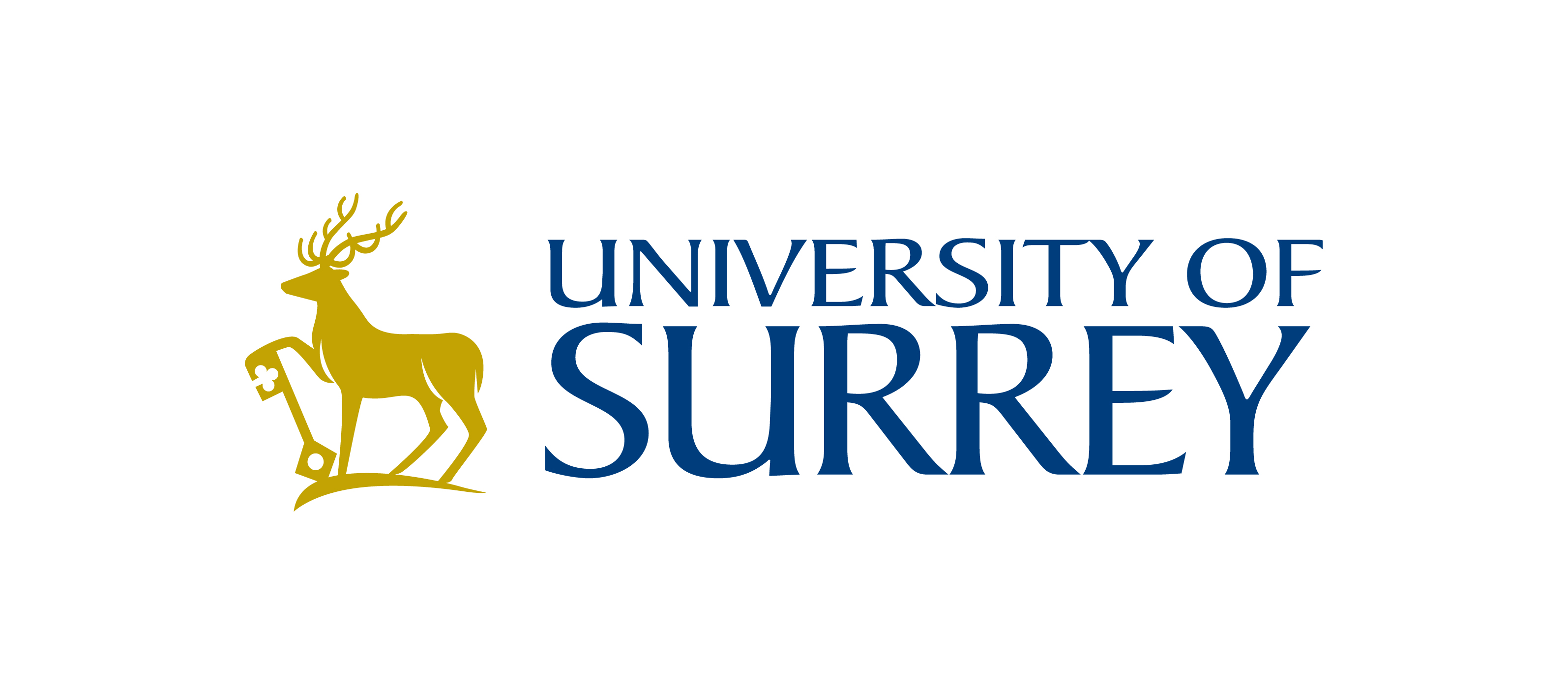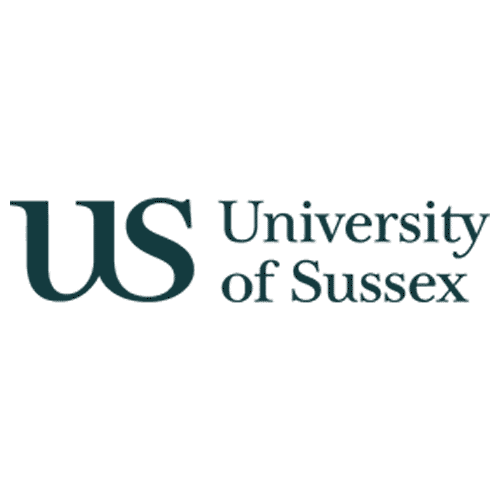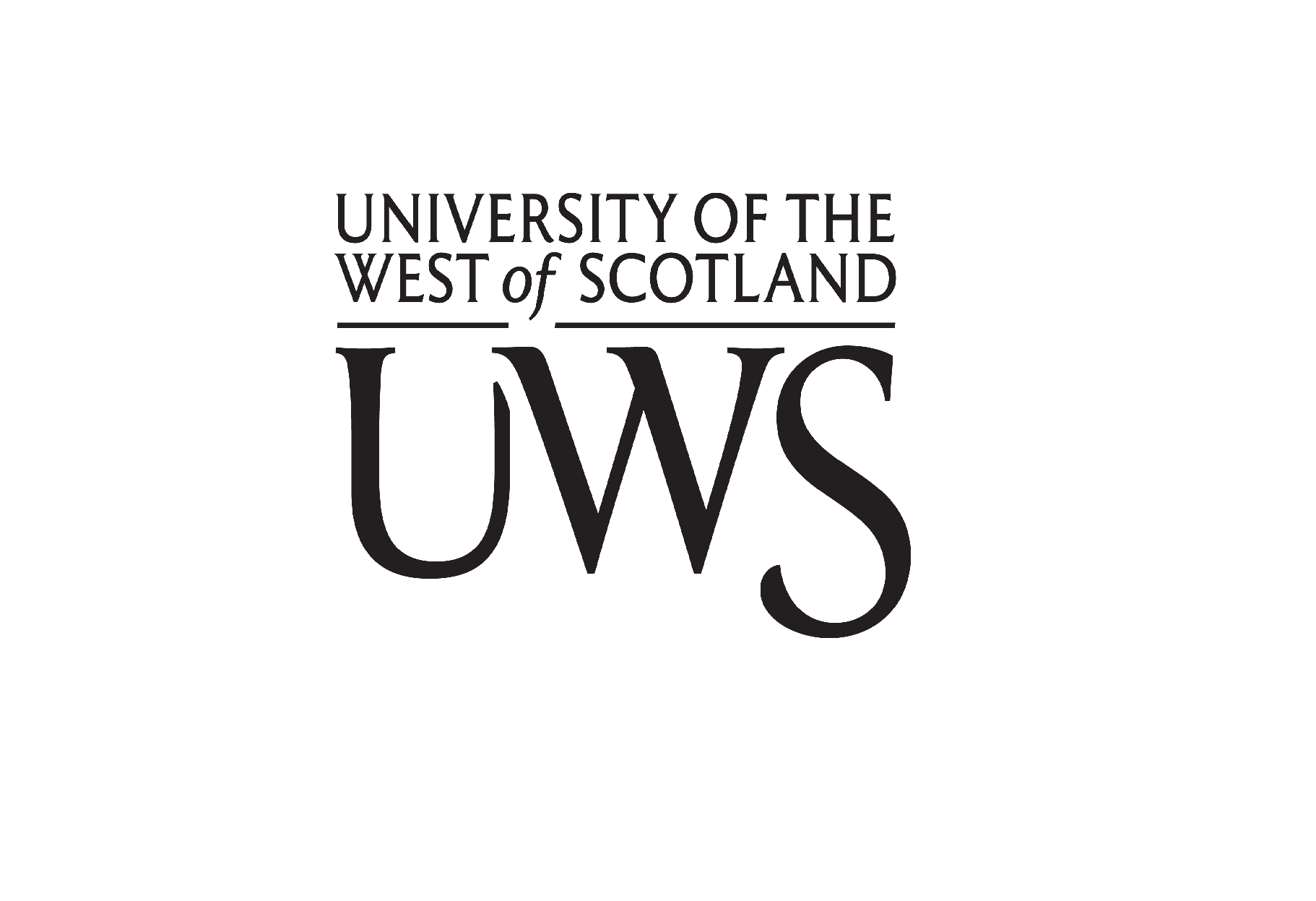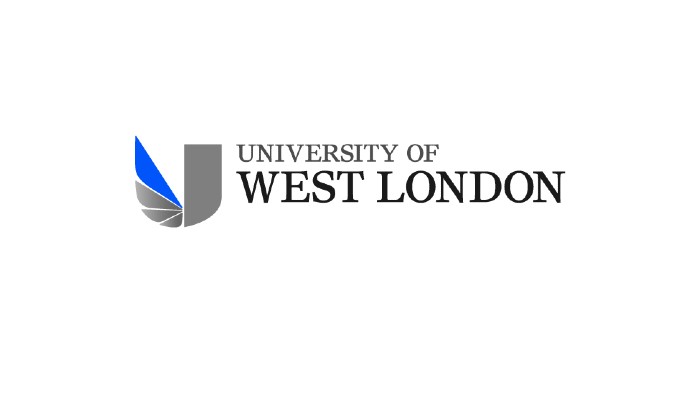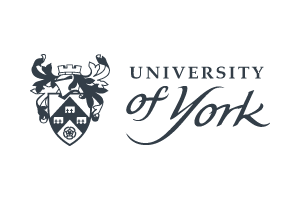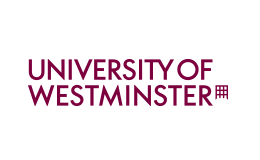Unlocking Opportunities: A Comprehensive Guide to Commonwealth Scholarships
The Commonwealth Scholarships program stands as a beacon of international collaboration, fostering talent from across the 56-member Commonwealth nations. Established under the Commonwealth Scholarship and Fellowship Plan (CSFP) since 1959, it has awarded over 30,000 scholarships, building a global network of leaders driving sustainable development. Managed by the Commonwealth Scholarship Commission (CSC) in the UK and funded by the Foreign, Commonwealth & Development Office (FCDO), the program targets high-potential individuals from low- and middle-income countries who lack the means for UK study. In 2025, with growing interest in opportunities for Master's and PhD programs, the focus remains on empowering future changemakers.
This guide draws from official CSC data to demystify the program. Whether you're eyeing a fully funded Master's in the UK or a split-site PhD, understanding the nuances can boost your chances. Let's dive in.
About the Commonwealth Scholarships
At its core, the Commonwealth Scholarships aim to address global challenges through education. They support postgraduate study and professional development, aligning with six CSC development themes: science and technology for development; strengthening health systems and capacity; promoting global prosperity; strengthening global peace, security, and governance; strengthening resilience and response to crises; and access, inclusion, and opportunity.
Key types include:
- Commonwealth Master's Scholarships: For one-year taught Master's degrees.
- Commonwealth PhD Scholarships: For three-year doctoral research, targeting least developed and vulnerable states or high-income countries.
- Commonwealth Shared Scholarships: Jointly funded with UK universities for development-focused Master's.
- Commonwealth Distance Learning Scholarships: Part-time online Master's for those staying home.
- Other Fellowships: Like split-site PhD, professional, or startup fellowships.
The program reflects strong demand, particularly from emerging economies such as India and Kenya, for pathways to UK higher education.
Scholarship Benefits
These awards are life-changing, covering comprehensive costs to remove financial barriers. Benefits vary slightly by scheme but generally include:
- Tuition Fees: Fully covered, paid directly to the UK university.
- Living Stipend: £1,452/month (£1,781 in London) for on-campus programs; study grants for distance learning.
- Travel: Economy return airfare from home to UK; study-related travel grants; mid-term home visit or fieldwork airfare.
- Additional Allowances: Warm clothing (where applicable); thesis grant; child allowances (£224 monthly for the first child, £110 monthly for the second and third child); disability support.
- Duration: 12 months for Master's/Shared; 36 months for PhD; part-time for distance (2-5 years).
For instance, PhD scholars receive fieldwork provisions, while Shared Scholarships add TB test contributions. These perks ensure focus on studies, not finances—vital for scholars from developing nations.
No concurrent funding is allowed, and scholars must return home post-study, reinforcing development impact.
Eligibility Criteria
Eligibility is strict to prioritize underrepresented talent. Common requirements across schemes:
- Citizenship/Residency: Citizen or refugee in an eligible Commonwealth country (e.g., India, Nigeria, Kenya, Pakistan—full list on CSC site); permanent resident there.
- Academic: First degree at upper second-class (2:1) honors or equivalent; lower qualifications accepted with postgraduate experience. No prior UK Master's for most schemes.
- Financial Need: Unable to self-fund UK study.
- Availability: Start in September/October 2026; commit to return home.
- Other: No more than one year of prior study/work in high-income countries; alignment with CSC themes.
Disabled applicants get flexible consideration via the Commonwealth Disabled People’s Forum. No age limit, but fresh graduates are preferred.
Application Process
Apply via the CSC's online portal (cscuk.fcdo.gov.uk/apply)—no direct emails or paper forms. Steps:
- Secure University Admission: Apply to 1-3 UK universities/courses (list at CSC site); get conditional offers.
- Nomination (if required): For Master's/PhD, apply through national nominators (e.g., ministries); Shared/Distance via universities.
- Submit Online: Register with 2FA; upload PDFs: passport/ID, transcripts (translated if needed), 2+ references, supporting statements (e.g., from UK supervisor for PhD), development impact notes.
- Deadlines: As of November 2025, applications for Master's and PhD scholarships for 2026/27 are closed. Shared Scholarships are open until Tuesday, 9 December 2025 at 16:00 GMT. Distance Learning applications will open in early 2026. Always check the official site for updates.
Use templates and guidance docs from CSC. Start early to avoid deadline rushes!
Selection Criteria
The CSC grades applications on three pillars (100-point scale):
- Merit (50%): Academic record, references, analytical skills.
- Proposal Quality (25%): Clear, feasible study plan/research tied to themes.
- Development Impact (25%): How skills will benefit home country (e.g., policy changes, community outcomes).
Nominations are reviewed; ~800 awards yearly. Outcomes by July/August 2026. Tailor your impact statements with metrics for stronger appeal.
Fields of Study
Programs must advance CSC themes; no fossil fuels or non-development fields. Eligible areas:
| Scholarship Type | Key Fields/Examples | Duration | Eligible Universities |
|---|---|---|---|
| Master's | Climate resilience, health systems, gender equality (e.g., MSc Public Health) | 12 months | 200+ UK unis (e.g., Oxford, LSE) |
| PhD | Global prosperity, peace/security (e.g., PhD in Sustainable Energy) | 36 months | CSC-partnered unis |
| Shared | Development-focused (e.g., MA International Development) | 12 months | Participating unis (e.g., SOAS, Edinburgh) |
| Distance Learning | Inclusion/opportunity (e.g., online MSc Education) | 2-5 years | Open University, etc. |
Tips for a Strong Application
- Research Thoroughly: Align with themes; read CSC impact stories.
- Craft Impact Narratives: Use the four-part structure: issues, skills application, outcomes, measurement.
- Secure Strong References: Choose referees who know your potential; prompt them on criteria.
- Proofread & Prepare Early: Use templates; practice 2FA; apply to backups.
- Leverage Trends: For applicants from high-interest regions like India or Pakistan, highlight national priorities like SDGs.
- Avoid Pitfalls: No fees; disclose disabilities for support; commit to return.
Conclusion
Commonwealth Scholarships aren't just funding—they're gateways to transformative impact. In a world facing climate and inequality crises, these awards equip future leaders from nations like India and Nigeria to drive change. With 2026 applications underway for select schemes, align your goals with themes and showcase your potential. Success stories abound—yours could be next. Empower your future; the Commonwealth awaits.

